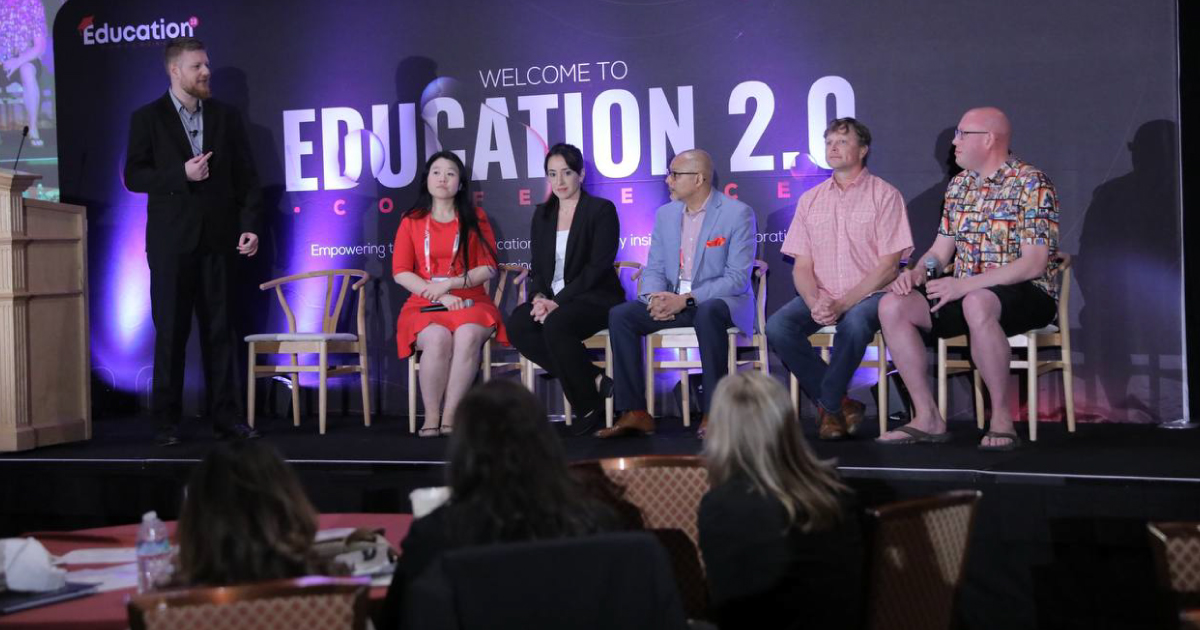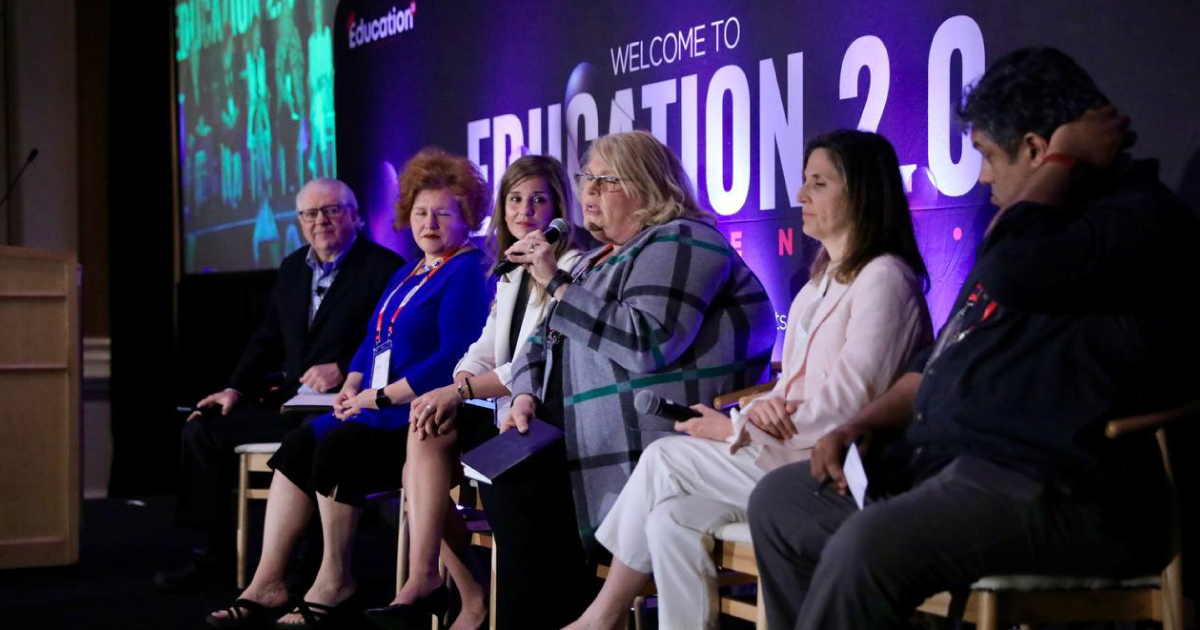With people truly embracing the digital world, the term “digital literacy” is teetering on the edge of becoming a buzzword that’s only used by members of the EdTech community. However, it’s so much more than that.
Digital literacy is something that educational institutions must include in their curricula to ensure that young learners are able to find information online and use it correctly. Being digitally literate prepares students for the modern-day workplace and also informs them of how they can access digital spaces in a safe and effective manner.
What Is Digital Literacy?
No, computer literacy is not the same as digital literacy. Of course, one must be able to work with computers and mobile devices, but digital literacy goes way beyond this.
It is a combination of different skill sets and abilities. To be able to navigate digital environments effectively, learners must display the ability to think critically. To sum up, it means to be well-equipped to function efficiently in an environment wherein interactions happen online and information is widely accessible through digital technologies.
Thus, digital literacy is invaluable in today’s society, irrespective of whether you are a university student, a scientist, an IT professional, a doctor, or a customer support executive.
Achieving Digital Literacy
Although there are many strategies that educators can employ to help their students in achieving digital literacy, we would like to highlight Prof. Hiller Spires’s definition of what it actually constitutes. In this regard, she has outlined three pillars of digital literacy: (a) finding and consuming digital content, (b) creating digital content, and (c) the ability to share and communicate it effectively.
-
Finding and consuming digital content
Being able to find a piece of required information quickly on the internet and having the skills to be able to use it according to one’s needs forms the foundation of digital literacy. At the same time, all learners must be introduced to the basics of cyber hygiene maintenance for their own safety. The user must not only be able to scan through relevant information, but also know how to access links, images, and other items.
This pillar includes the ability to express oneself clearly and respectfully in online space. From awareness of basic email etiquette to understanding how text is read on different devices and platforms by recipients, this prepares them to communicate effectively on forums and social media platforms for personal and professional purposes through different forms of media.
Sometimes, the consequences of sharing too much information online can be serious. Several hackers and scammers walk the extra mile to defraud and scam people online in order to make a quick buck. Criminals are also using the internet to manipulate and trick people for their nefarious reasons. Therefore, young learners must be taught about the risks of social media and what type of information they should refrain from sharing online.
At the same time, they must also be made aware of how their online behaviors can affect others (e.g. cyberbullying). These interventions ensure that a positive atmosphere is maintained in digital spaces and that the psychological well-being of students isn’t affected.
Conclusion
In this day and age, it wouldn’t be an exaggeration to say digital literacy enhances the quality of life of individuals and equips them with important tools and the information they need to work on their professional and personal endeavors. To pick up insights on how you can help your students achieve comprehensive digital literacy, do make time for global education leadership conferences, such as the Education 2.0 Conference.













